Kiplinger Dividend 15: CVS Interrupts Its String of Hikes
After raising its payout for 14 years straight, the pharmacy ended its streak in 2018.

Since we last updated the Kiplinger Dividend 15, the list of our favorite dividend-paying stocks, volatility has ruled the market. Despite the ups and downs, Standard & Poor’s 500-stock index has returned 11.9%, including dividends, since we launched the Dividend 15 in our December issue. By comparison, our collection returned an average of 5.4%. Of course, these stocks were chosen for their stable payouts, income growth or above-average yields, not their ability to outpace the market. (Prices and returns are through June 15.)
That said, a handful of the Dividend 15 beat the S&P 500. Texas Instruments (TXN) returned 31.6%, thanks to strong demand for its chips. Home Depot, helped by a strong housing market, returned 24.6%. Shares in Emerson Electric, which makes electrical and electronic products, have returned 17.5%. And Enterprise Products Partners, which runs oil and gas pipelines, posted a 12.9% gain.
Still, two consumer-products giants have been a drag on the group. Johnson & Johnson (JNJ) shares fell 3.8%, and Procter & Gamble dropped 12.8%. But we’re upbeat about the pair with regard to both their dividends and their solid prospects overall. Johnson & Johnson raised its quarterly payout by 7% in April. The company, says CFRA analyst Jeffrey Loo, has “unmatched depth and breadth in growing global health care markets and solid positions in drugs, medical devices and consumer products.” Procter & Gamble (PG) lifted its quarterly dividend by 4% in April, and analysts expect the company to report 7% earnings growth in 2018.
From just $107.88 $24.99 for Kiplinger Personal Finance
Become a smarter, better informed investor. Subscribe from just $107.88 $24.99, plus get up to 4 Special Issues

Sign up for Kiplinger’s Free Newsletters
Profit and prosper with the best of expert advice on investing, taxes, retirement, personal finance and more - straight to your e-mail.
Profit and prosper with the best of expert advice - straight to your e-mail.
A Long Streak Ends
CVS Health (CVS) was a laggard, too. The stock sank 12.0%. What’s more, despite expectations that the firm would continue its history of robust dividend hikes, it did not raise its payout for 2018, ending a 14-year record of consecutive annual increases. Analysts say a freeze of the dividend at current levels is a possibility following CVS’s deal to buy insurer Aetna for $69 billion. The merger, okayed by shareholders, still needs regulatory approval. If it goes through, a broader customer base will make CVS more competitive, says Value Line analyst Andre J. Costanza. And if regulators nix the deal, CVS should still deliver solid results. We’re keeping CVS in the Dividend 15 for now, but we are watching its dividend policy. Our other dividend growers are on track: Home Depot, Lockheed Martin and Texas Instruments have increased their annual payouts by double-digit percentages over their most recent fiscal years.
That brings us to Realty Income (O). Rising interest rates have put pressure on real estate investment trusts. Borrowing to buy new properties has become harder for REIT managers, and other investments’ yields have become more competitive. Since we launched the Dividend 15, Realty Income shares have lost 4.3%, while the S&P 500 Real Estate sector index was flat. Even so, Realty Income’s business is humming along. Revenue for the quarter ended in March rose 7% from the same quarter a year ago, and funds from operations (a profit measure roughly equivalent to earnings) climbed 20%. Plus, Realty Income yields 5%, more than the typical REIT yield of 4.1%.
Profit and prosper with the best of Kiplinger's advice on investing, taxes, retirement, personal finance and much more. Delivered daily. Enter your email in the box and click Sign Me Up.

Nellie joined Kiplinger in August 2011 after a seven-year stint in Hong Kong. There, she worked for the Wall Street Journal Asia, where as lifestyle editor, she launched and edited Scene Asia, an online guide to food, wine, entertainment and the arts in Asia. Prior to that, she was an editor at Weekend Journal, the Friday lifestyle section of the Wall Street Journal Asia. Kiplinger isn't Nellie's first foray into personal finance: She has also worked at SmartMoney (rising from fact-checker to senior writer), and she was a senior editor at Money.
-
 How to Safely Open an Online Savings Account
How to Safely Open an Online Savings AccountOnline banks offer generous APYs that most brick-and-mortar banks can't match. If you want to make the switch to online but have been hesitant, I'll show you how to do it safely.
-
 7 Ways to Age Gracefully Like the Best Stock Photo Seniors
7 Ways to Age Gracefully Like the Best Stock Photo SeniorsAs a retirement editor, I've gleaned valuable wisdom (and a lot of laughs) from one older couple that tops the seniors' stock photo charts.
-
 My First $1 Million: Banking Executive, 48, Southeast U.S.
My First $1 Million: Banking Executive, 48, Southeast U.S.Ever wonder how someone who's made a million dollars or more did it? Kiplinger's My First $1 Million series uncovers the answers.
-
 If You'd Put $1,000 Into Coca-Cola Stock 20 Years Ago, Here's What You'd Have Today
If You'd Put $1,000 Into Coca-Cola Stock 20 Years Ago, Here's What You'd Have TodayEven with its reliable dividend growth and generous stock buybacks, Coca-Cola has underperformed the broad market in the long term.
-
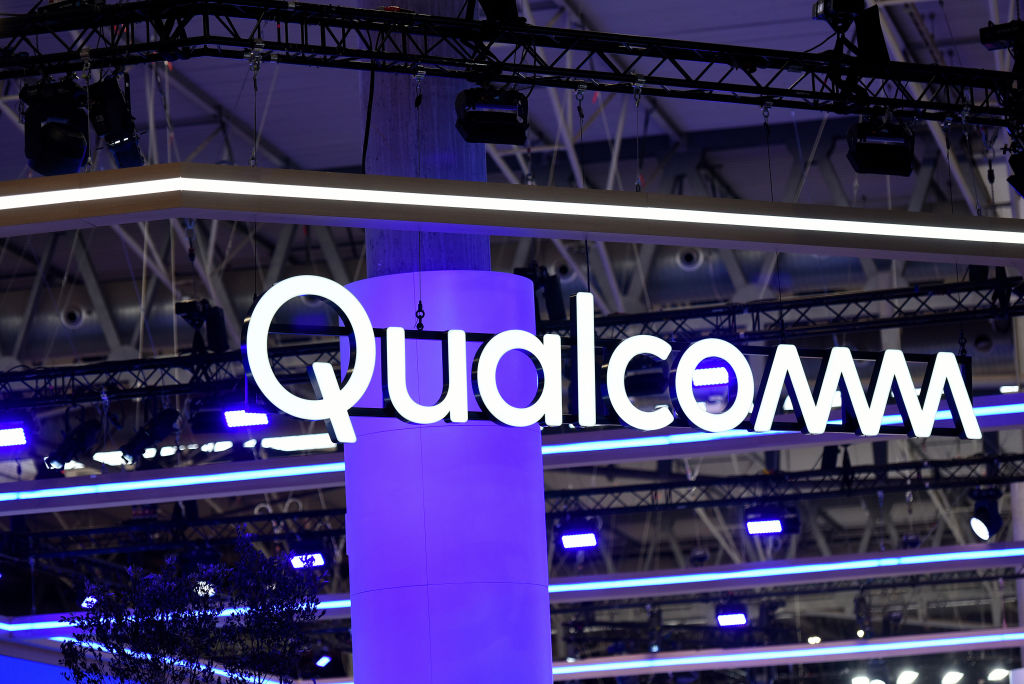 If You Put $1,000 into Qualcomm Stock 20 Years Ago, Here's What You Would Have Today
If You Put $1,000 into Qualcomm Stock 20 Years Ago, Here's What You Would Have TodayQualcomm stock has been a big disappointment for truly long-term investors.
-
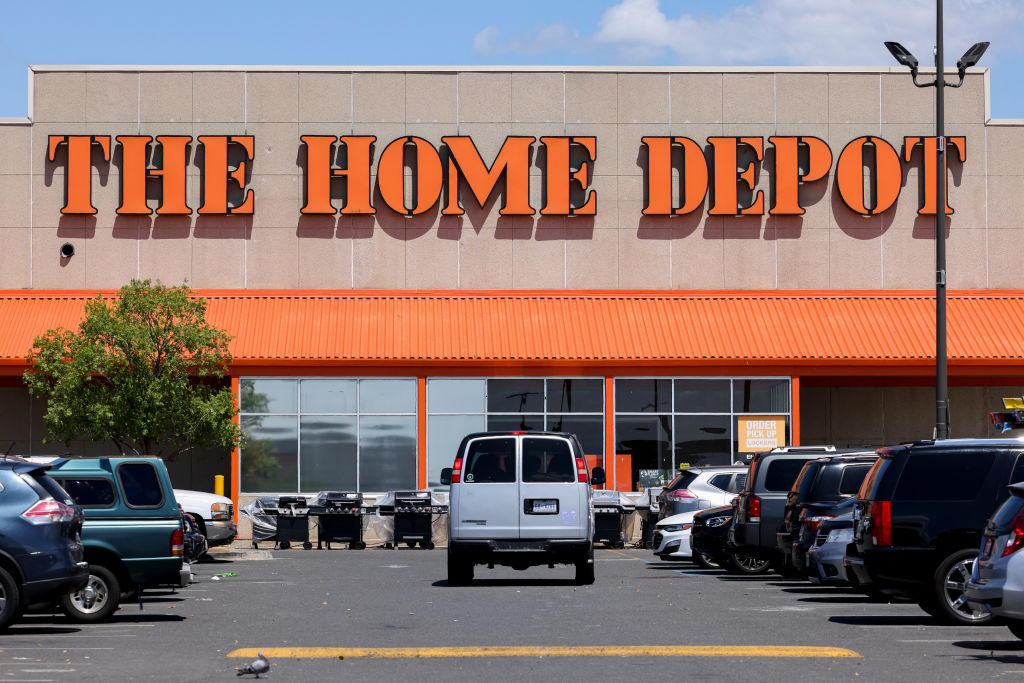 If You'd Put $1,000 Into Home Depot Stock 20 Years Ago, Here's What You'd Have Today
If You'd Put $1,000 Into Home Depot Stock 20 Years Ago, Here's What You'd Have TodayHome Depot stock has been a buy-and-hold banger for truly long-term investors.
-
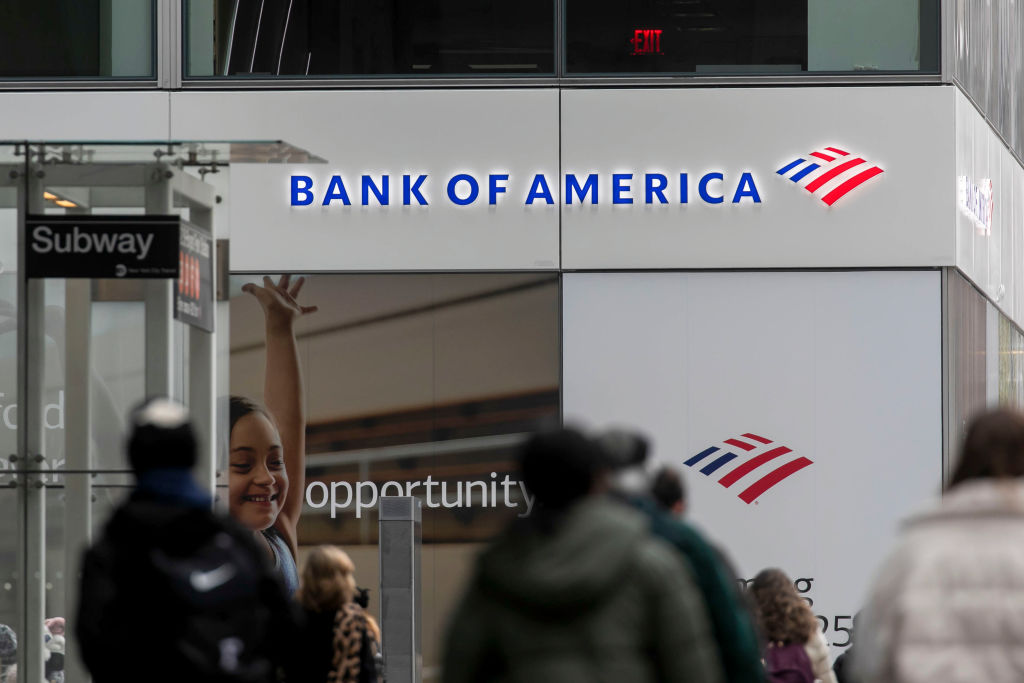 If You'd Put $1,000 Into Bank of America Stock 20 Years Ago, Here's What You'd Have Today
If You'd Put $1,000 Into Bank of America Stock 20 Years Ago, Here's What You'd Have TodayBank of America stock has been a massive buy-and-hold bust.
-
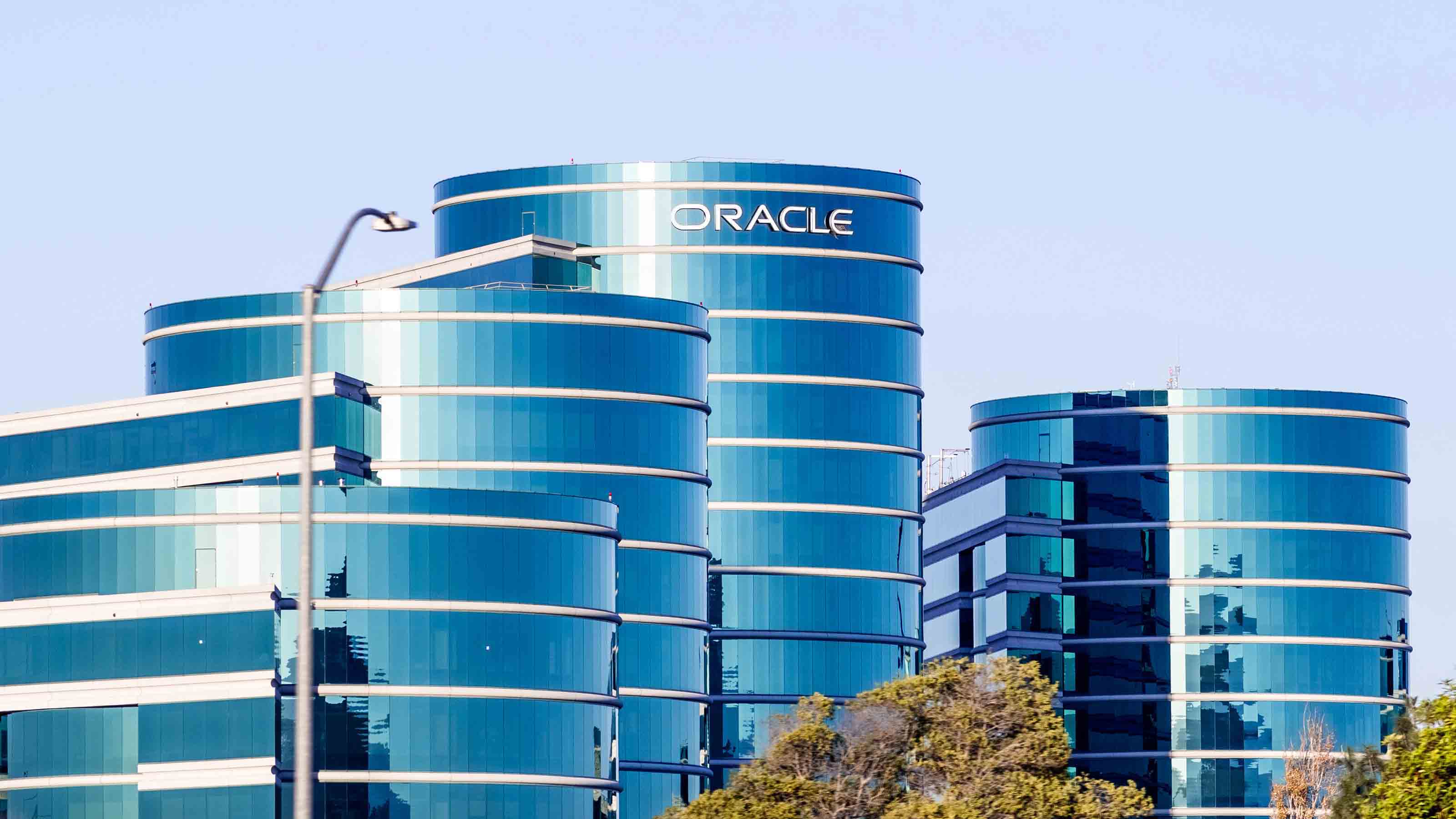
 If You'd Put $1,000 Into Oracle Stock 20 Years Ago, Here's What You'd Have Today
If You'd Put $1,000 Into Oracle Stock 20 Years Ago, Here's What You'd Have TodayORCL Oracle stock has been an outstanding buy-and-hold bet for decades.
-
 If You'd Put $1,000 Into Sherwin-Williams Stock 20 Years Ago, Here's What You'd Have Today
If You'd Put $1,000 Into Sherwin-Williams Stock 20 Years Ago, Here's What You'd Have TodaySherwin-Williams stock has clobbered the broader market by a wide margin for a long time.
-
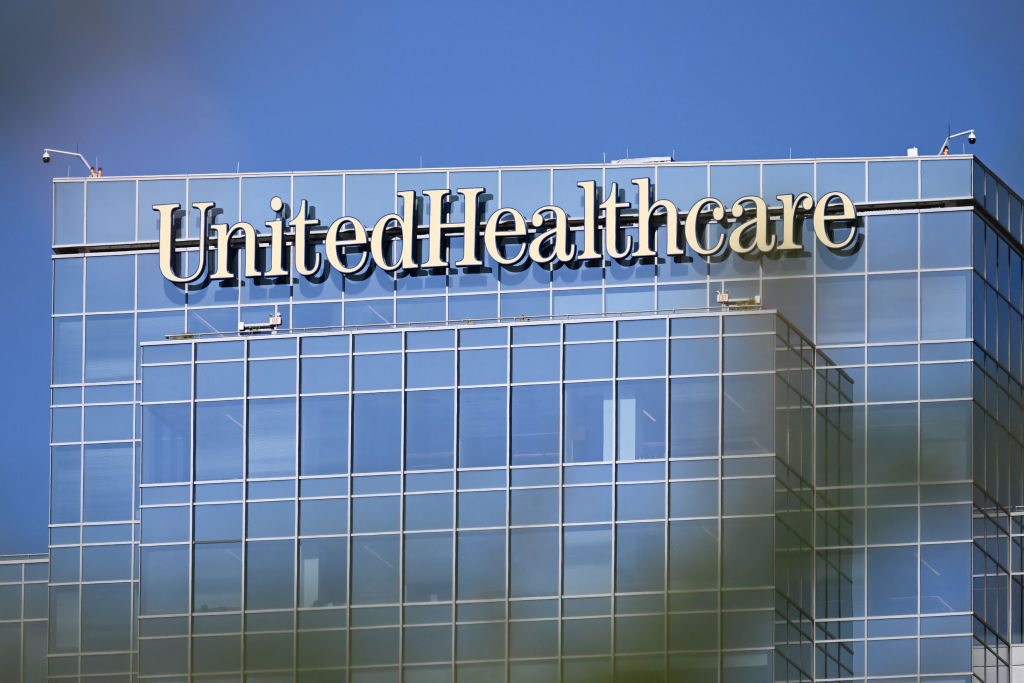 If You'd Put $1,000 Into UnitedHealth Group Stock 20 Years Ago, Here's What You'd Have Today
If You'd Put $1,000 Into UnitedHealth Group Stock 20 Years Ago, Here's What You'd Have TodayUNH stock was a massive market beater for ages — until it wasn't.
-
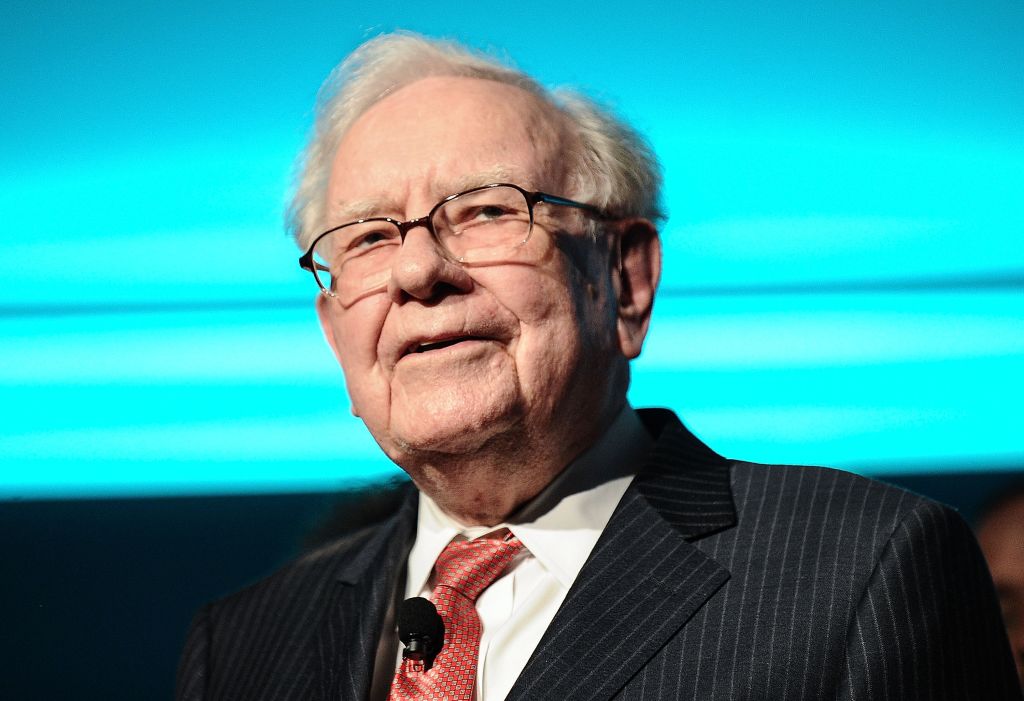 If You'd Put $1,000 Into Berkshire Hathaway Stock 20 Years Ago, Here's What You'd Have Today
If You'd Put $1,000 Into Berkshire Hathaway Stock 20 Years Ago, Here's What You'd Have TodayBerkshire Hathaway is a long-time market beater, but the easy money in BRK.B has already been made.